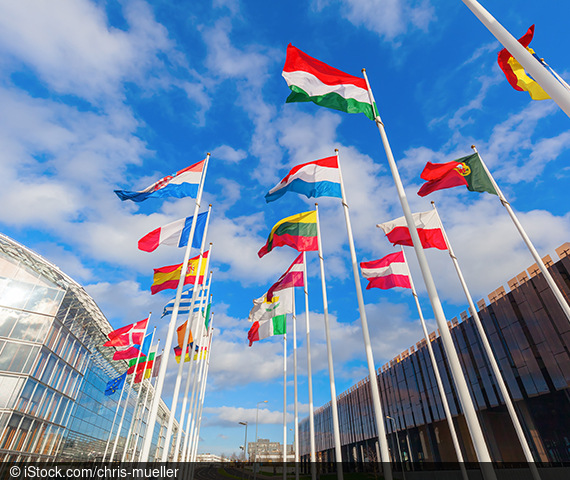The Majority of Funds Will Only be Made Available After the Shock of the Coronavirus Crisis Has Long Passed
ResearchStudy on the EU Recovery Fund “Next Generation EU”
If the recovery fund proposed by the European Commission is to reach its goal of overcoming the coronavirus recession, the European Council will have to make comprehensive adjustments to the proposal at its forthcoming summit. “Otherwise, the majority of funds will only be made available after the coronavirus pandemic has long passed,” warns ZEW research department head Professor Friedrich Heinemann. This is the result of a ZEW study conducted on behalf of the think tank, Initiative Neue Soziale Marktwirtschaft (“New Social Free Market Initiative”, INSM).
“The plan of the EU Commission is to divide the budget of 750 billion euros between the Member States based on a formula, which makes little sense from the point of view of stabilisation policy. As a result, the payments made from the EU budget to countries like Poland would be three times the growth loss incurred by the coronavirus crisis, while Ireland would be left almost empty-handed with a share amounting to merely ten per cent of its damages. This is not how targeted crisis response should look like,” concludes Friedrich Heinemann.
The study investigates the EU Commission’s proposal of how the EU funds will be allocated to the Member States and compares this allocation scheme to the expected severity of the recession. In this context, a strong link between these two variables would be a targeted stabilisation policy measure in the sense that it would ease the burden on countries that were disproportionately hard hit by the shock of the coronavirus crisis. Instead of following this approach, the funds of the recovery instrument “Next Generation EU” are to be allocated based on income per capita and the unemployment rate prior to the coronavirus pandemic. As a result, countries like Poland and Romania would profit in a disproportionate way despite the fact that the effect of the recession in these countries is likely to be less pronounced compared to the European average.
The study is also critical of the planned gradual payment scheme. Under the current proposal, around 75 per cent of the recovery fund will only be made available after 2022, when it would be far too late. Moreover, this would have a procyclical effect, as the stimulating impact would take effect at a time when the economy will most likely already have recovered. This would even increase economic fluctuations instead of smoothing them. Another criticism of the study was that the provisions for the use of the funds are hardly binding at all. “The recovery fund rewards countries that had high unemployment rates before the crisis and that never made a serious attempt to reform their labour markets. To make matters worse, it puts more money into this backlog of reforms since the rules are too loose and do not involve guidelines for strict monitoring,” Heinemann explains further.
According to the study, there are also positive aspects to the Commission’s proposal in terms of its funding priorities, which place emphasis on climate policy and digitalisation – policy areas that promise true European added value. However, this comes with exceptions, as the coronavirus package also proposes spending increases for European agricultural policy and coal regions. Heinemann concludes: “The coronavirus pandemic is used as a pretext to raise agricultural budgets and compensations for the phase-out of fossil fuels. This shows that preparation of the recovery fund was largely influenced by political strategies, pushing considerations that make economic sense into the background.”

